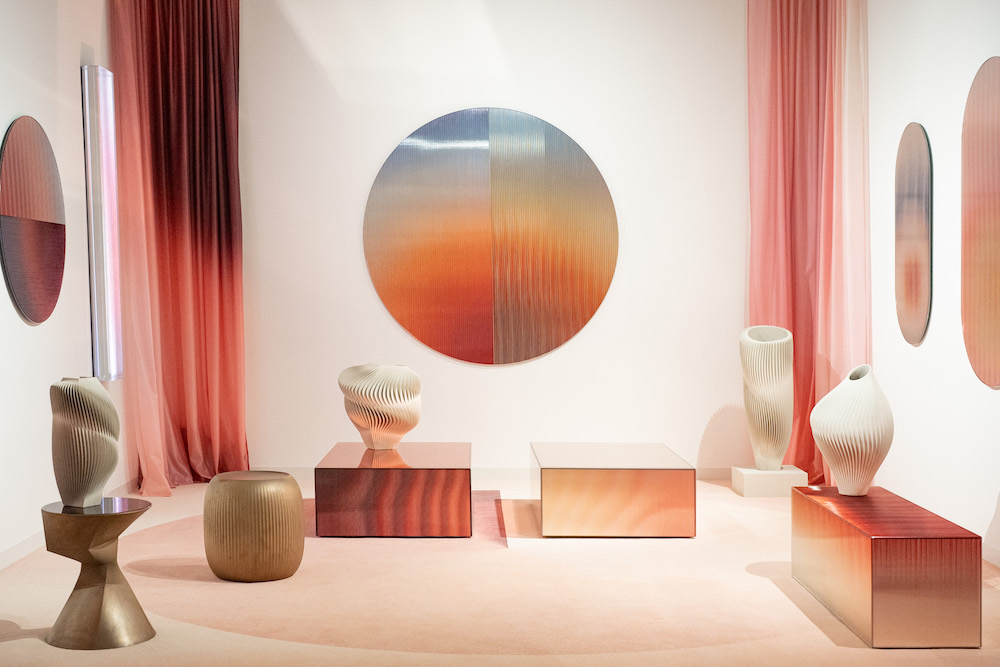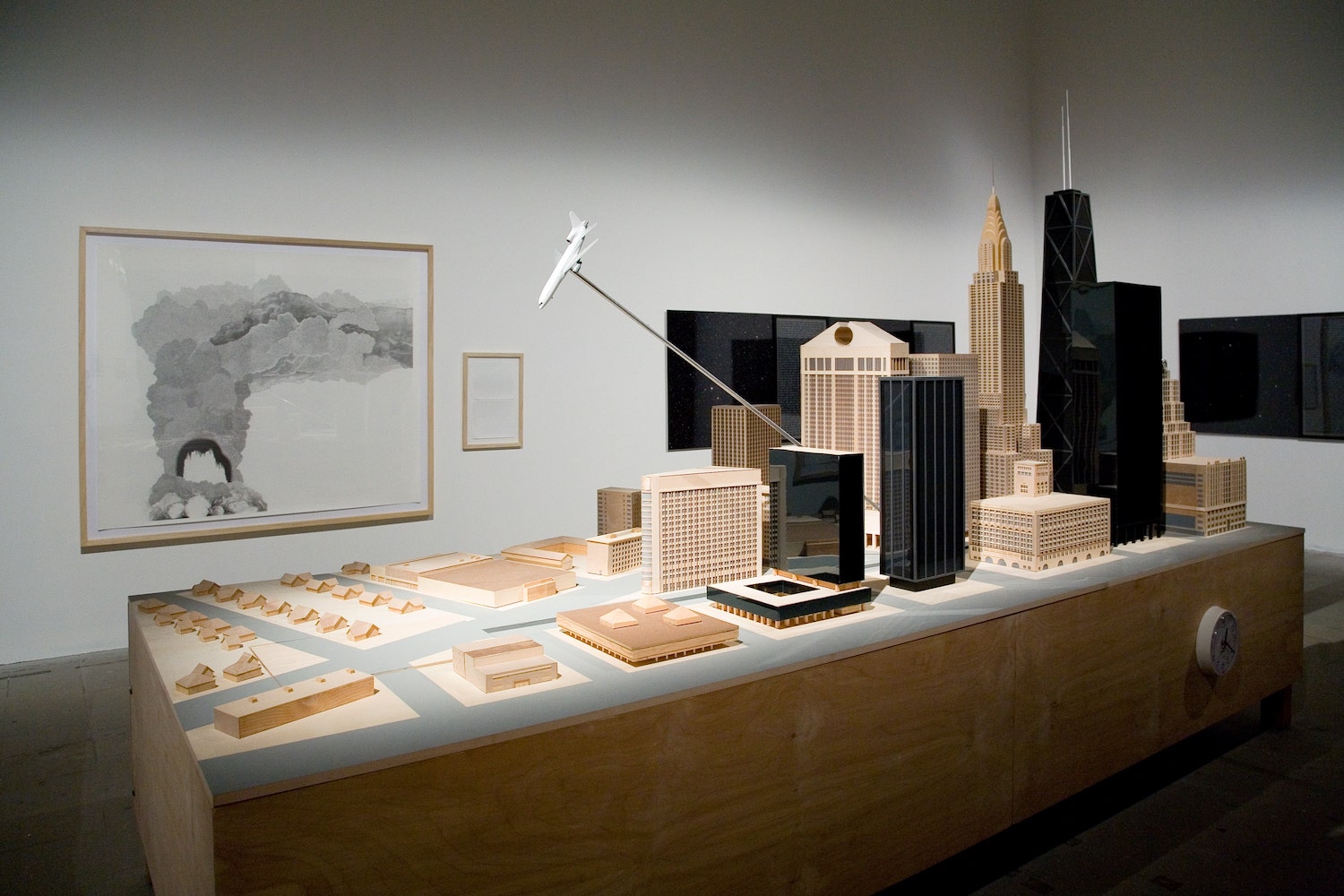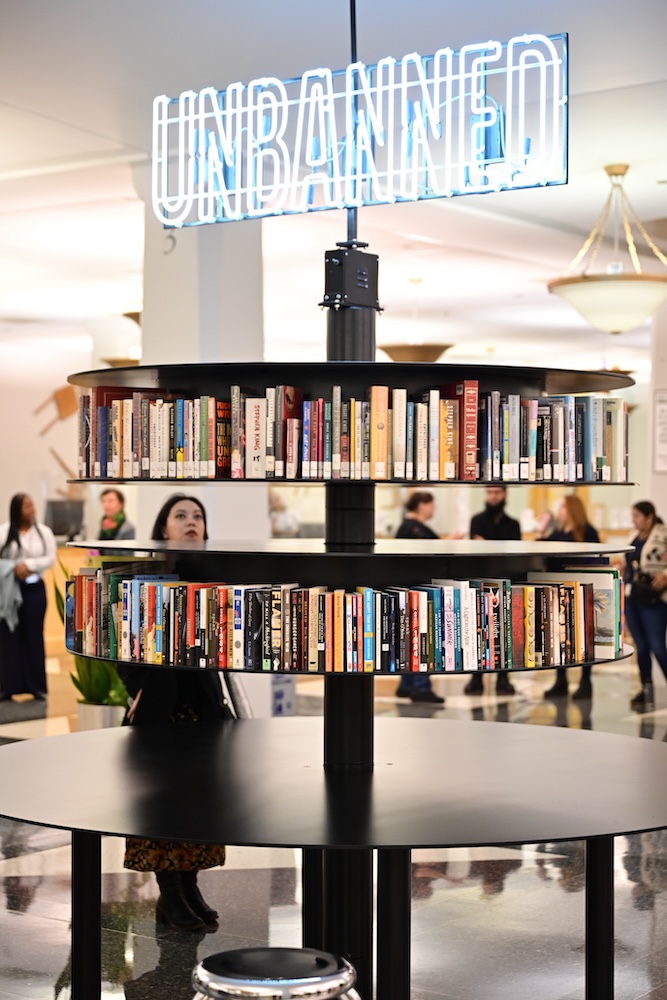We first met the photographer Eric Holubow last summer, at Art Southampton. He was signing copies of his new book, Abandoned: America’s Vanishing Landscape (published by Schiffer). The Chicago-based photographer has traveled around the country, photographing abandoned spaces: old theaters of Chicago, the Eastern State Penitentiary in Philadelphia, out-of-use factories, dilapidated estates. But his work shouldn’t be equated with the sensational and oftentimes adventure-seeking realm of urban exploration. Holubow is a photographer first, and what he captures is strangely beautiful and somehow doesn’t feel overtly voyeuristic.
Currently his work is on view in New York at the A. Lange & Söhne 785 Madison Avenue boutique. Curated by by Hexton Gallery, the show of six photographs will run through February 19, 2015. We spoke with Holubow again last September after a trip to Florida, where he found some new spaces to capture around Miami.
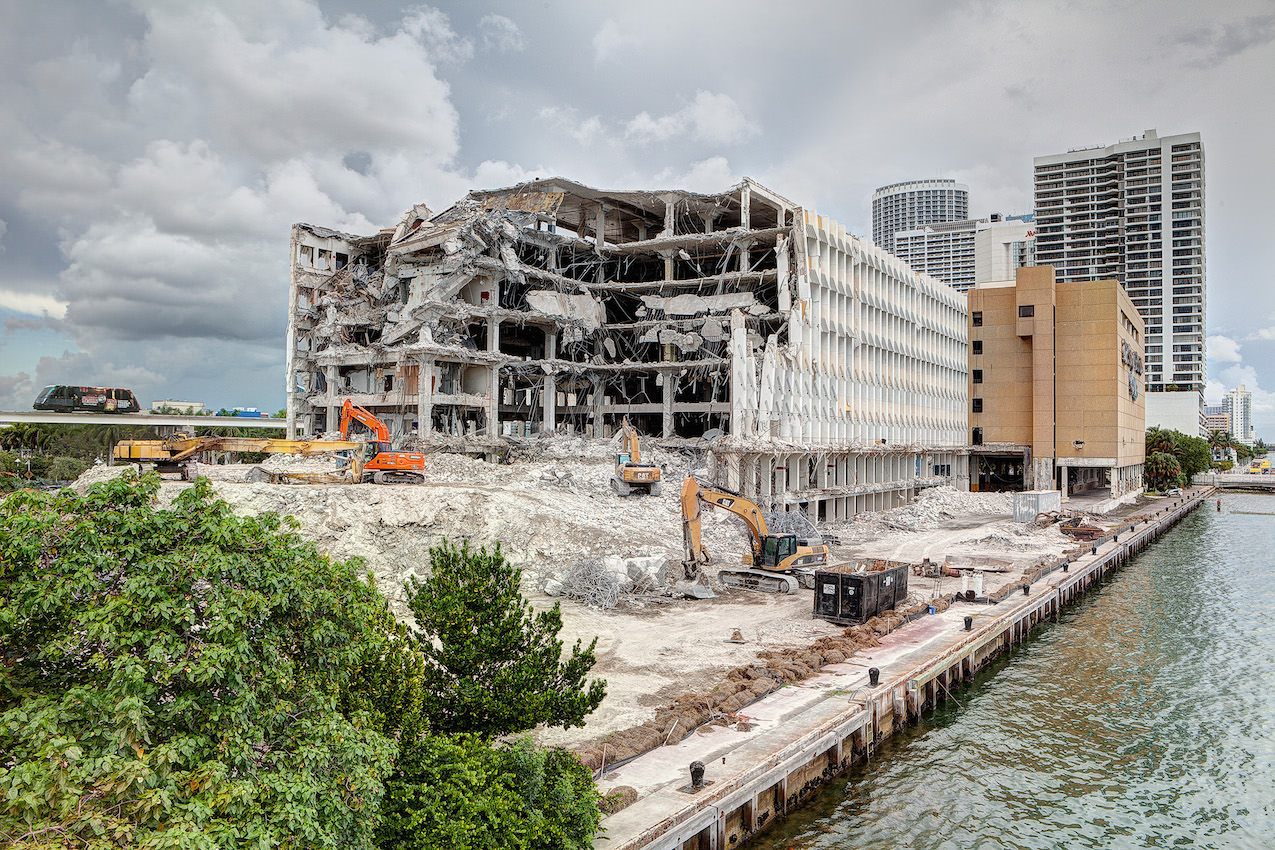
Tolkienism, 2014
WHITEWALL: You had been meaning to do something in Miami for a while. What did you find when you went a few weeks ago?
ERIC HOLUBOW: Miami didn’t have so much decay happening, because they tend to build things up pretty quickly. I don’t know if it’s renewal or if it’s just cosmetics, but [the city] doesn’t like things to be ugly. They were tearing down the Miami Herald. We hung out at the sites, watching them demolish it. It was interesting because, being from Chicago, the building actually reminded me a lot of the Chicago Sun-Times. Then the other site we went to was the Marine Stadium. It was kind of a catacomb of an amphitheater along the water, and it was all concrete with a concessions area underneath, and then on top of it you saw all the graffiti and secondary art on top of it. In Miami, neighborhoods have this choice to rip it down so you can enhance it or just let it be there as a canvas for the street art.
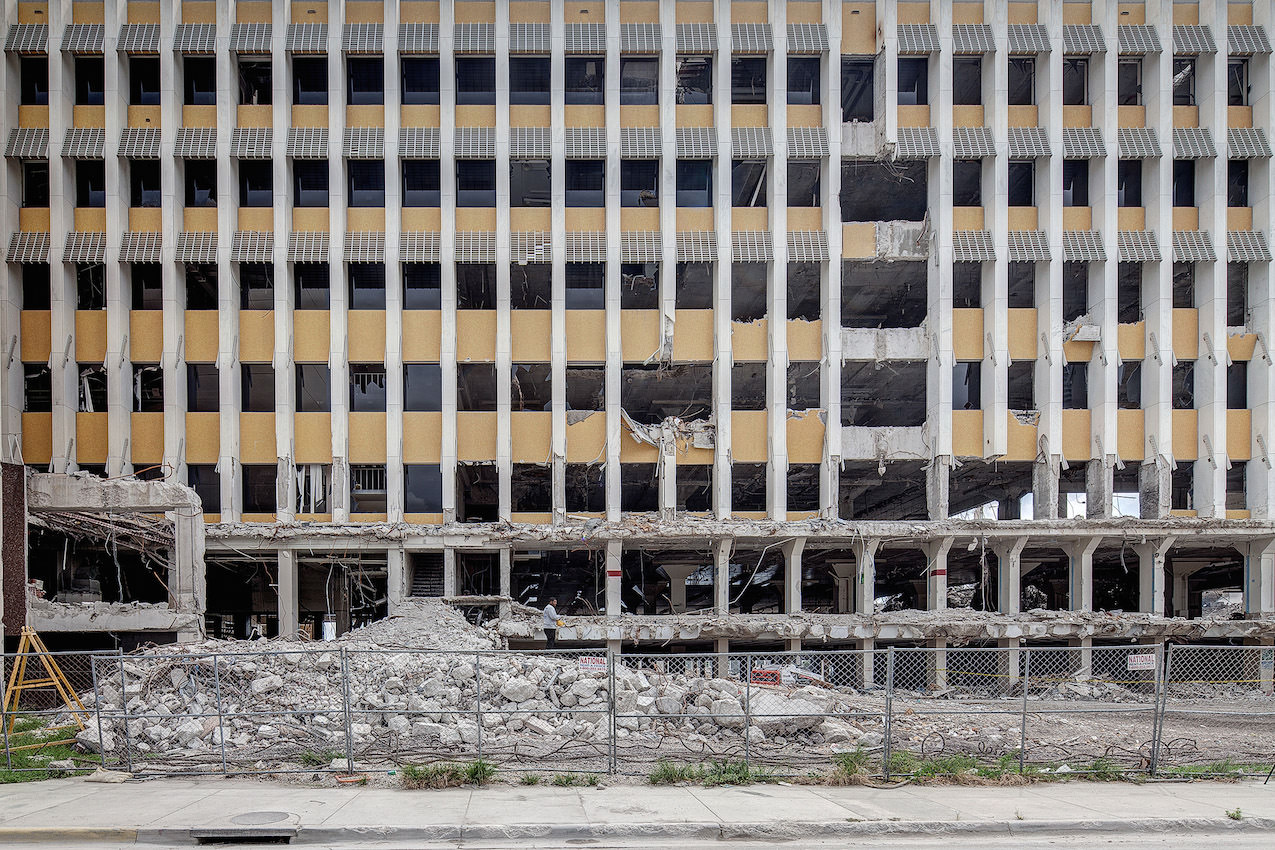
The 6,566 seat stadium was built in 1963 by architect Hilario Candela, a 27-year-old recent immigrant from Cuba. Built entirely of poured concrete and featuring a dramatically cantilevered folded-plate roof, it’s viewed as a masterwork of civic architecture and modern construction. After being damaged by Hurricane Andrew, repair estimates were a modest $2 million. Unfortunately, the repairs were never carried out, and the stadium has suffered from years of deterioration and neglect.
WW: You studied design, but less the engineering side of it and more the anthropological side of it. Can you tell me about that?
EH: I went to the Institute of Design in Chicago. They were formerly the New Bauhaus, and they realized the importance of design in influencing better experiences. The reason I went into that program is because it was very much about people and understanding their behavior and creating experiences and services to address them. A lot of the ways in which we understood people were using anthropological methods like ethnography. I actually took a lot of that inspiration in how I organized the book. I organized the book into the six stages of behavior that were common to those [locations].
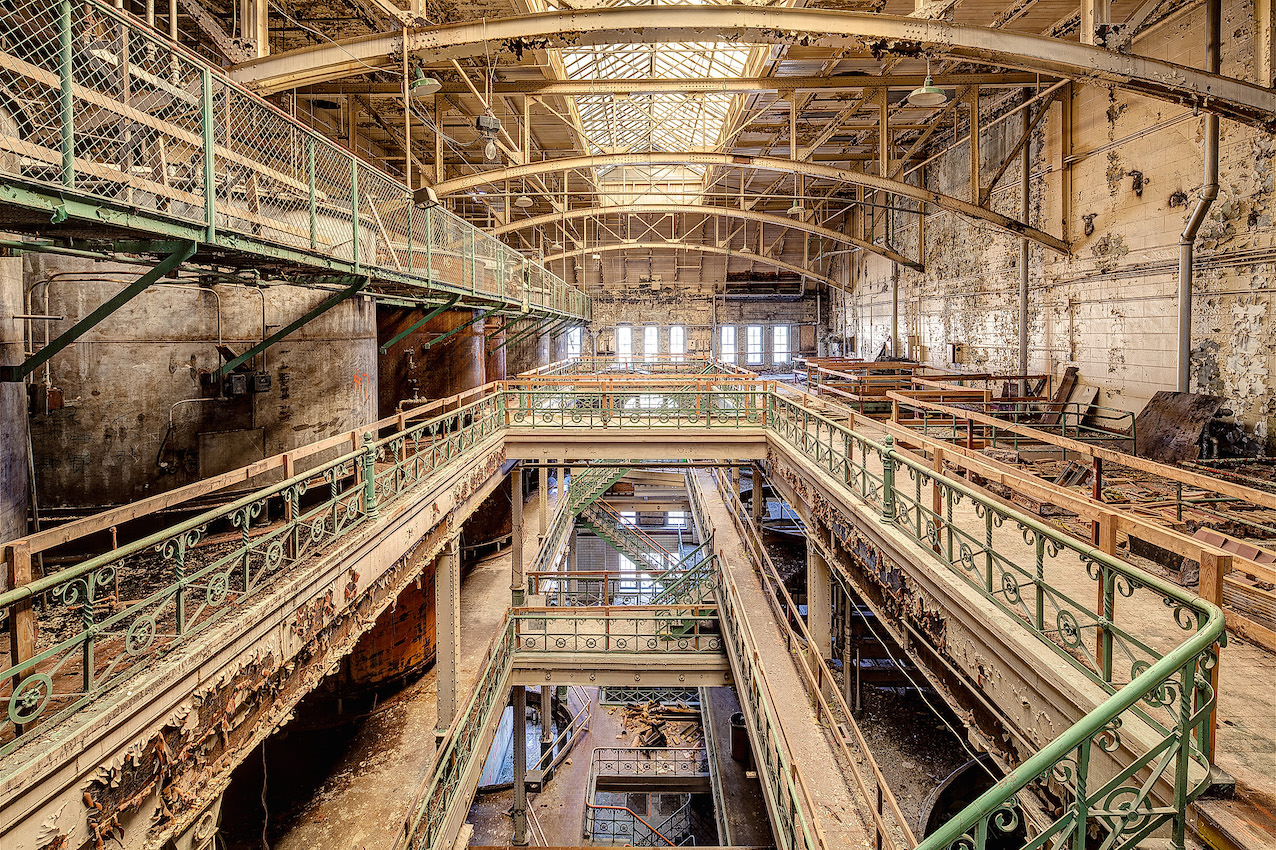
Eric Hulobow
WW: Some urban exploration photography can be staged or more about the thrill rather than the final image. Your photos don’t feel that way, though.
EH: It’s important for me to understand what people did and how life was animated. You want to know the connection to life. Even though my work shows the absence of people, it instinctively brings that to the surface; it gets people thinking about what were people like. A lot of people refer to it as “ruin porn,” which is something that came in fashion a few years ago with lists from sites like Buzzfeed putting together posts about abandoned buildings. That whole movement has brought attention to my work, but in a way it has also degraded it and coupled me with that sensationalism style. They aren’t doing anything to bring attention to what these buildings were, and I think it’s important that people know what the history of these places are. I do think there is a place to show the hidden beauty and the remaining beauty and to show the vitality and grace in age.
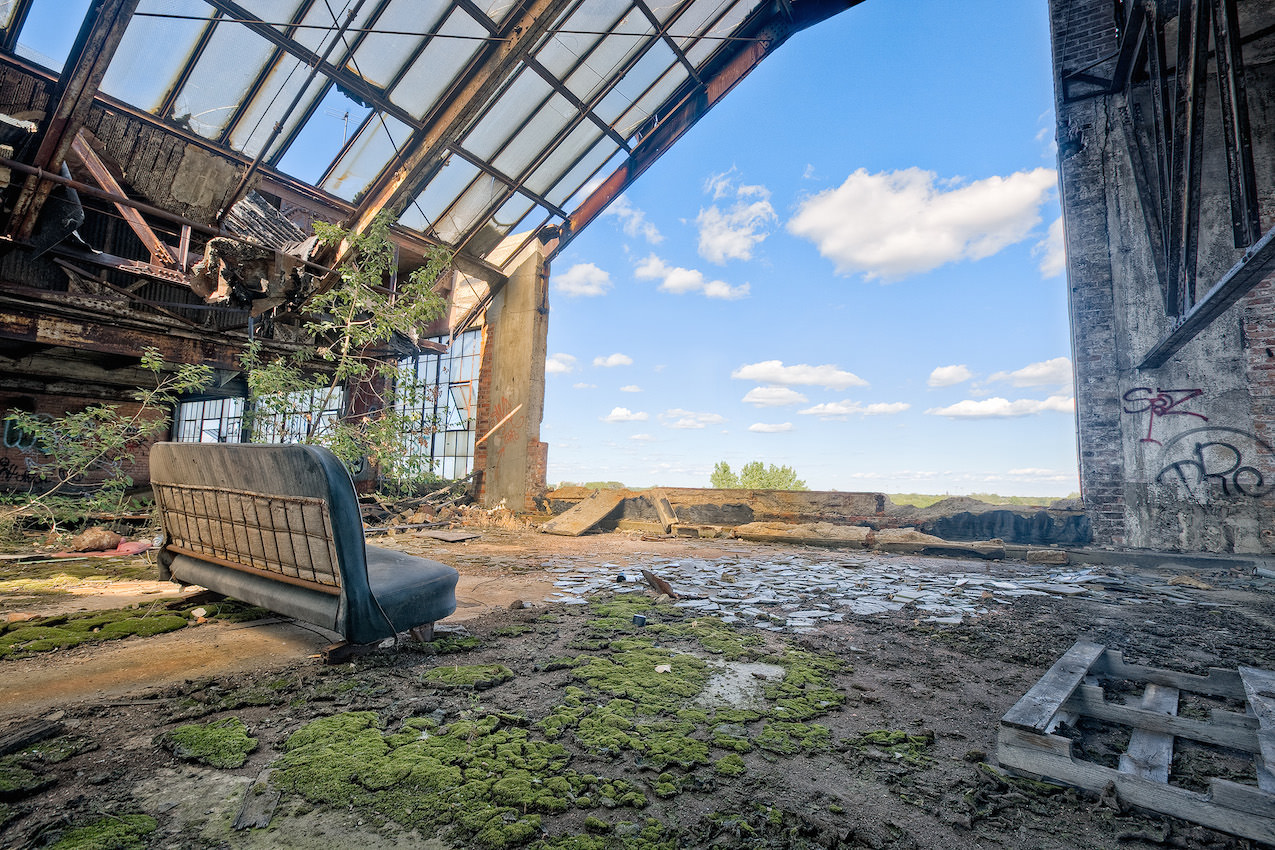
Suspended, 2014
WW: What makes you want to approach it from photography rather than video?
EH: Photography is a medium that I feel that I have a lot more aesthetic control over. It’s a medium I’m more comfortable expressing myself with. When it comes to the stills, I feel like there’s so much there that it gives people time to scour. I want people to spend time scanning the scene and noticing different aspects that they didn’t see before. From a technique standpoint, I’ve been doing a lot of stitching of panoramas to give a much larger resolution image at a larger vantage point, so viewers can really scour the whole scene in a more detailed and immersive, controlled manner. I think with video it would just be too fast.
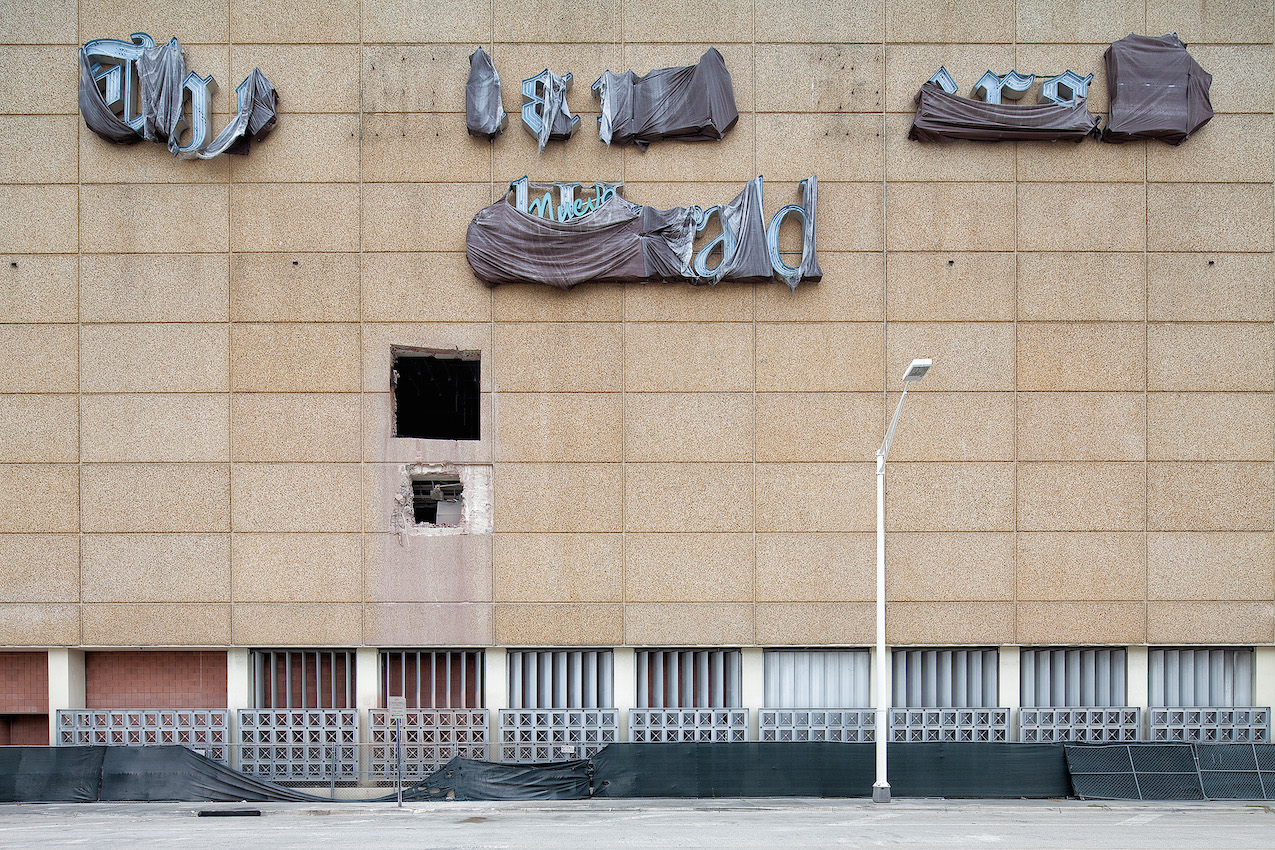
On August 19, 1960, construction began on the Herald building on Biscayne Bay. In May 2011, the paper announced it had sold 14 acres of Biscayne Bayfront land surrounding its headquarters in the Omni district of Downtown Miami for $236 million, to a Malaysian resort developer. The city placed a temporary hold on the demolition after planned explosion sent massive plumes of dust billowing across Biscayne Bay.
WW: Your photos are obviously documenting something, but there is more going on. You are creating an image.
EH: Exactly. People will say, “Oh, he’s a documentary photographer.” Well, yes and no. I am documenting in that sense, but I’m also trying to capture the character of that scene. I’m trying to figure out something to say about the scene or the building or the inhabitants; either way, I think there should be some kind of takeaway beyond just, “This used to be a former car factory.” There is optimism, there is a side of potential—there’s something that can be done.
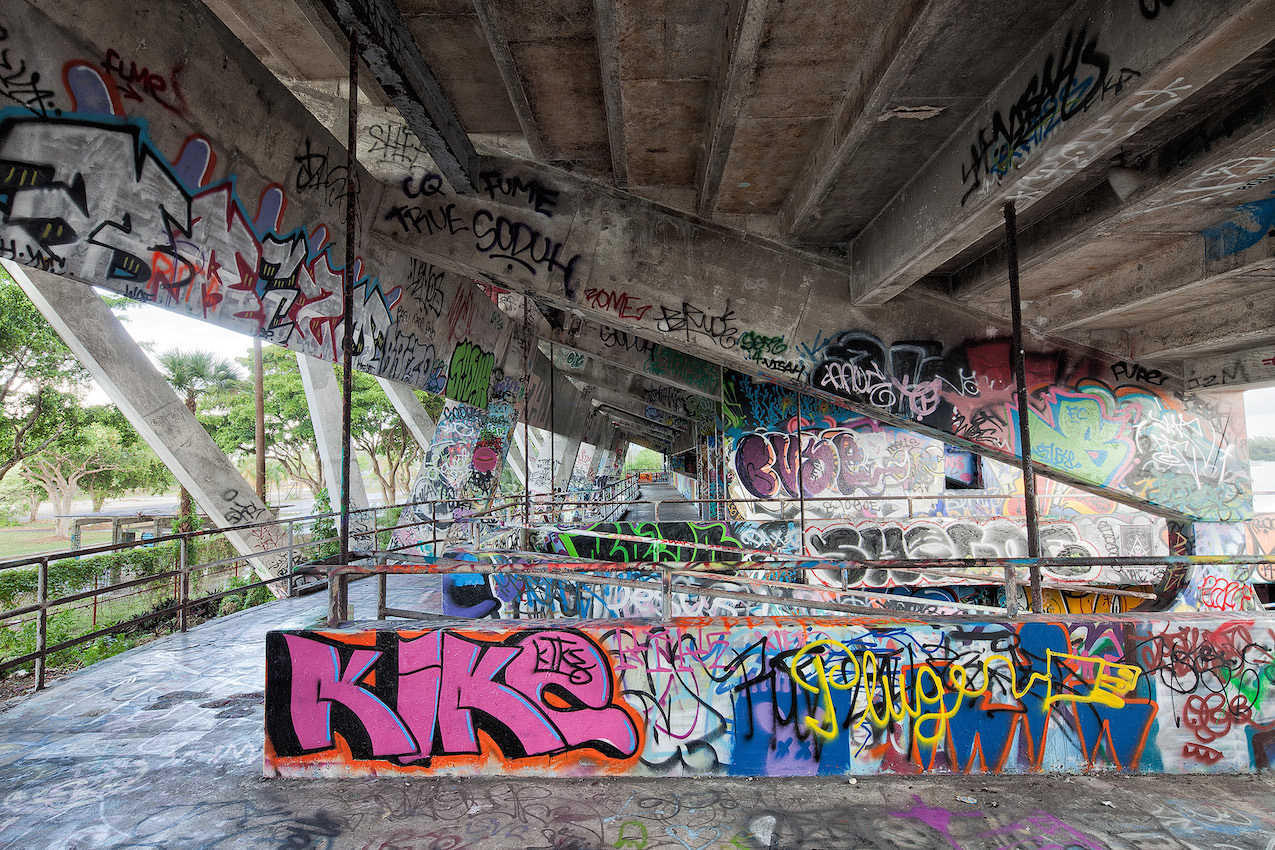
Eric Hulobow
This article was first published in Whitewall‘s winter 2015 Luxury Issue.





